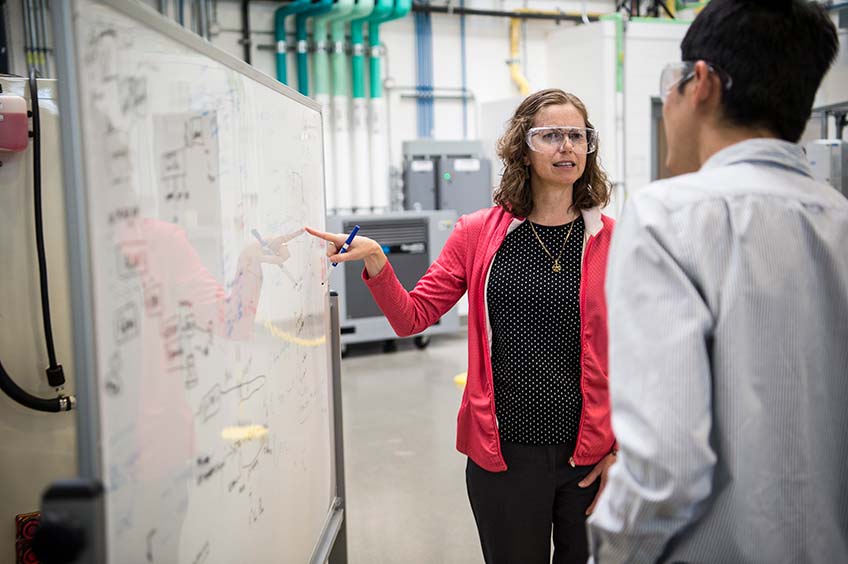Autonomous Energy Grids (AEG) is the name of a multifaceted project that the U.S. National Renewable Energy Laboratory (NREL) has created to envision the electricity grid of the future, where output from many decentralized energy sources is managed simultaneously to ensure a secure and consistent energy supply.
The concept is focused on smart technology and autonomous communication, based on a series of interconnected microgrids, which communicate with each other and make use of algorithms to continually find the best operating condition in response to constantly shifting energy demand, availability and pricing.
“The future grid will be much more distributed too complex to control with today’s techniques and technologies,” said Benjamin Kroposki, director of NREL’s Power Systems Engineering Center. “We need a path to get there—to reach the potential of all these new technologies integrating into the power system.”
Refining the theory
Researchers say the project is currently mostly theoretical, with applications likely more than 10 years away. The project began with a group of scientists looking to develop real time optimization and control methods for individual power systems, and grew into the idea of having these individual power systems, or “cells”, communicate with each other to form a system that would cover the entire grid.
“What’s novel in our solution is that we address a two-part problem,” explained Kroposki. “First, because of the large number of devices, we cannot use central control, but must instead distribute the optimization problem. The other problem is that we have time-varying conditions, therefore the optimization is changing every second and must be solved in real time.”
The researchers are currently simulating AEGs consisting of hundreds of different cells operating in unison, but note that this would need to be dramatically scaled up to represent a unified grid solution – California’s Bay Area alone, for example, already has more than 20 million control points. “Algorithm solve times are needed every one second, explains NREL researcher Jennifer King. “Trying to decide the fate of a million things on a second-by-second basis is where the challenge comes in.”
Real world application
The next challenge is found in applying these algorithms to real-world conditions, where things don’t always run smoothly and delays and damage often need to be accounted for. Arranging the infrastructure and ensuring its security will represent another major challenge.
The researchers have published multiple papers addressing different areas as part of the push for AEGs, and NREL notes that AEG has also seen participation from Siemens and battery company Eaton in its work, and that an energy cooperative in Colorado is currently deploying control techniques based on the group’s work.
“There are many people out there working on tiny aspects of this … we see this as a broad vision,” states Kroposki. “You’ll probably see AEG appear from the bottom up; starting with hospitals, campuses, and communities.”
This content is protected by copyright and may not be reused. If you want to cooperate with us and would like to reuse some of our content, please contact: editors@pv-magazine.com.









By submitting this form you agree to pv magazine using your data for the purposes of publishing your comment.
Your personal data will only be disclosed or otherwise transmitted to third parties for the purposes of spam filtering or if this is necessary for technical maintenance of the website. Any other transfer to third parties will not take place unless this is justified on the basis of applicable data protection regulations or if pv magazine is legally obliged to do so.
You may revoke this consent at any time with effect for the future, in which case your personal data will be deleted immediately. Otherwise, your data will be deleted if pv magazine has processed your request or the purpose of data storage is fulfilled.
Further information on data privacy can be found in our Data Protection Policy.